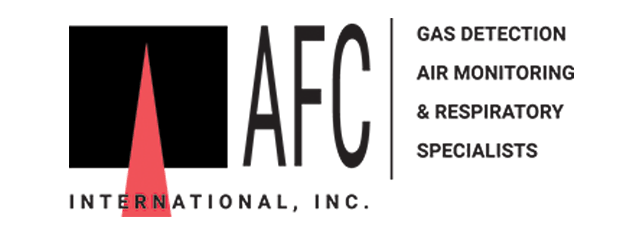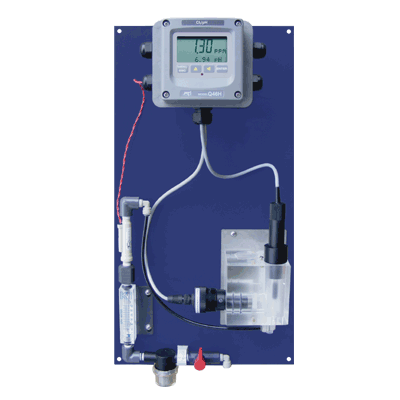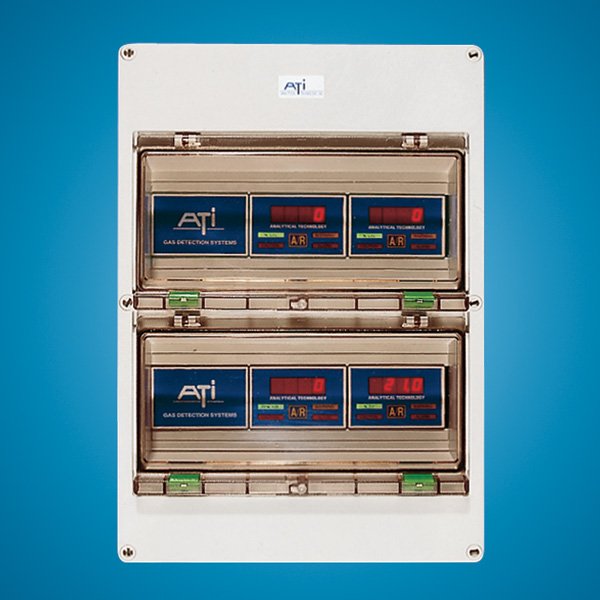Description
Description
Monitoring combustible or toxic gases in areas with condensing levels of moisture often results in premature sensor failure. Water condensing on sensor surfaces or within the sensor flame arrestor can be difficult to avoid due to widely variable ambient conditions. ATI has developed a solution to this problem with a gas sampling system that also conditions the sample by removing water vapor. The Dri-Gas sampling system draws gas samples from high humidity vent stacks, ducts, wet wells or other humid locations. The system removes water vapor from the gas sample by contact with a cold plate that condenses moisture and delivers a dehumidified gas sample suitable for toxic and combustible gas monitoring equipment. Excess condensate is pumped to a drain fitting on the bottom of the enclosure and can be collected if necessary.
Dri-Gas systems contain a diaphragm sampling pump with brushless DC motor providing operational life in excess of 10,000 hours. The pump is capable of pulling inlet line vacuum of up to 10″ Hg. making it suitable for sampling duct systems with negative pressures. The outlet of the pump is controlled by an adjustable rotameter allowing system sample flow to be set to the normal ate of 500 cc/min. A differential pressure switch across the pump provides an alarm should the inlet line or outlet lines become blocked. An alarm lamp on the door provides local alarm indication and a SPDT alarm contact is available for remote alarm indication.
An optional inlet filter assembly is available for applications where gas streams may contain dust or debris that might cause problems in the air pump. A replaceable filter element on the end of the inlet assembly can be easily changed when necessary.
A plugged inlet filter will be indicated by a fault indication. A package of filter elements are supplied with the inlet assembly.
Installation
The gas sampling system is suitable for either indoor or outdoor installation, but outdoor installations must be protected from wind driven rain. It is also best to protect it from direct sunlight to minimize solar heating or the interior. Outlet tubing containing the dried air sample should be connected directly to the gas sensor flowcells and distances should be kept as short as possible. Teflon lined PVC sample inlet and outlet tubing is recommended to minimize loss of reactive gases.
The diagram shows a typical installation with the output to an F12 transmitter. This is an example only. The dried gas sample can be fed to a variety of gas sensors including ATI’s D12, D12IT, B12, F12 or other manufacturers.










